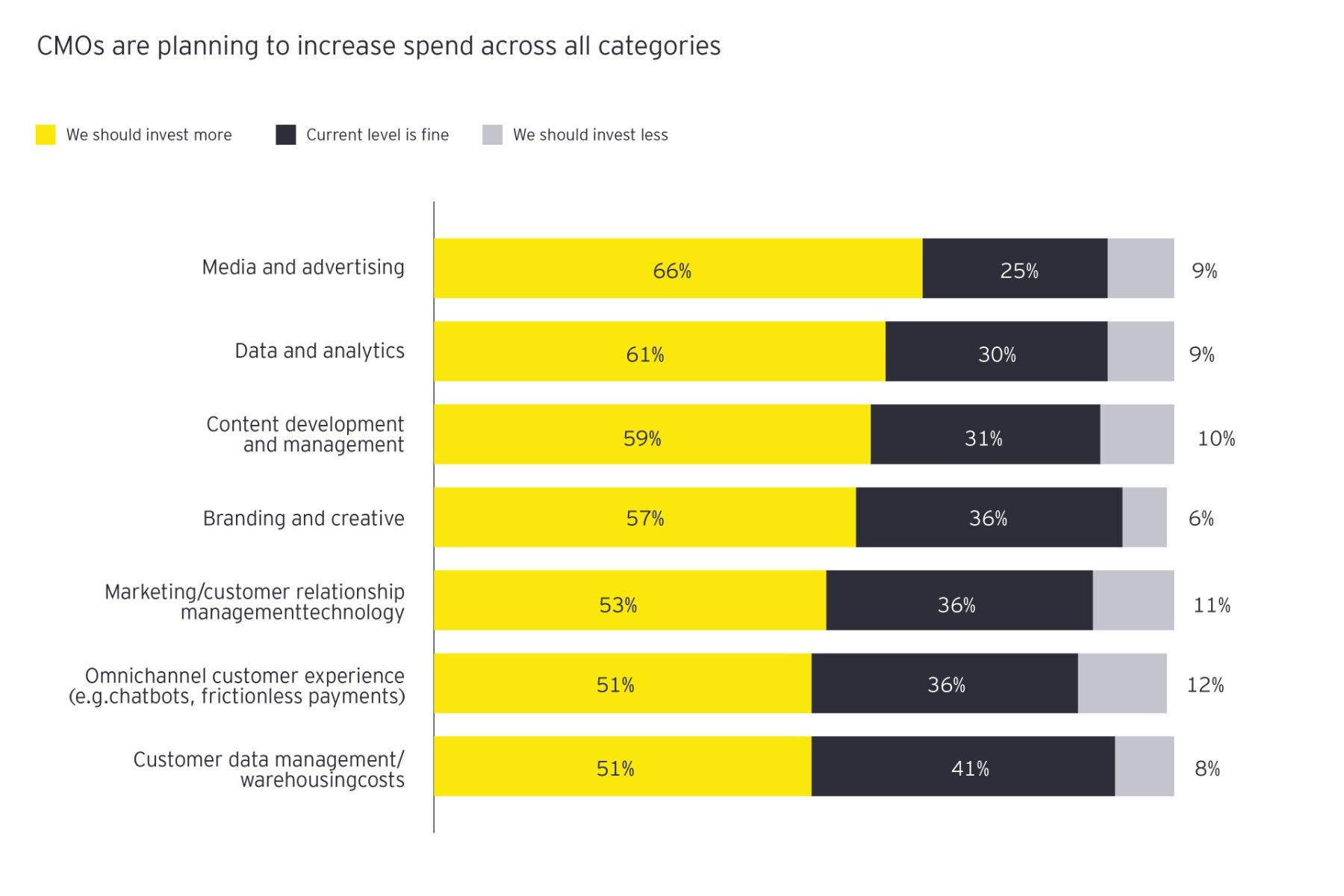Data is at the center of every conversation between CMOs and CFOs
To power optimization of key moments in the customer journey, we need data as the fuel. Data-driven marketing strategies enable better targeting, greater relevance, improved experiences and ultimately insights into product innovation. Yet evolving privacy regulations require organizations to better track how functions use personal information across the data life cycle — when they often lack integration and a coherent view across the full enterprise. This tension fuels the need for more tech investment to truly capitalize on these strategies.
When it’s about strategy and outcome, while marketing and finance may be looking at the same data, they aren’t necessarily aligned on the strategic objectives behind such investments or the metrics used to gauge success. Closer collaboration can meld the best aspects of their thinking: the specialty knowledge of connecting with consumers over the long term paired with results-focused efficiency.
While marketing now employs a strongly data-driven approach to propel and measure success, this is old news to their counterparts in finance, which has naturally always been analyzing information and metrics on financial performance and therefore has higher expectations.
Getting to a common, proactive understanding about marketing goals and metrics — and therefore the rationale behind investments — will pay dividends now and over the long term.
Both sides should hold strategic conversations on objectives
Even though both marketing and finance respondents in our survey saw the benefit of stronger collaboration in making investments pay off, about 60% of both functions agree that marketing is still brought in too late in the budget cycle. And on the finance side, 75% say marketing budgets are defined on a cyclical rather than a dynamic basis — potentially explaining why most finance teams (64%) are struggling to accommodate unexpected marketing requests, such as to support new products or campaigns.
As each side recognizes the importance of continuous dialogue, those discussions should drive clarity on strategies and how to enable them, rather than just tactics. While finance professionals are satisfied with marketing’s contribution to business development, they want sales-related goals to be a greater priority, such as greater share of wallet and new-customer acquisition. Instead, marketing is more likely to favor more intangible goals, such as brand development, while looking out over longer time horizons.
“There’s more of a push than ever before for marketing to be a strategic driver of the business, using data to be more predictable and forecast what we can deliver,” one chief marketing officer has told us, describing the new dynamic. “This requires us to think of ourselves as a business function, rather than a marketing function.”
Coming to agreement on priorities and speaking each other’s language then provide the foundation for setting metrics — another crucial hurdle to clear for greater investment.
Switch from qualitative to quantitative to set metrics for success
Marketers are more likely to consider qualitative data when measuring performance — such as looking at sentiment analysis and analysis of focus groups — whereas finance is more drawn to quantitative data, weighing cost efficiencies against growth potential.
The two groups also have different mindsets based on different timescales: finance is held to immediate results and typically looks to the recent past, whereas marketing may wait for results to be gleaned, perhaps years down the road.
Mismatched timescales create a larger need for CMOs and CFOs to get on the same page with metrics, aligning them with their defined objectives and then supplementing traditional data points like brand awareness with more financial indicators of return on investments, including:
- Return on total marketing investment (including advertising, technology and analytics costs)
- Return on total customer investment (including the costs cited above and all other customer spend)
Bridging these gaps will deliver what both functions say that they want: future-focused digital marketing at a time when the COVID-19 pandemic has accelerated online trends and tech capabilities have grown more dynamic. While their mindsets may never be the same, marketing and finance can better understand each other and their strengths to invest in a future vision today.





